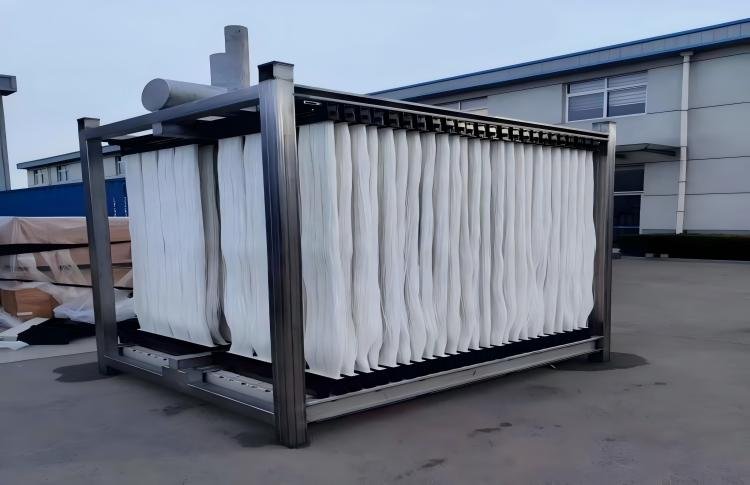Membrane Bioreactors (MBR) are widely used in wastewater treatment due to their efficiency and compact design. However, membrane clogging remains a significant challenge, leading to increased maintenance and operational costs. Understanding the primary causes of clogging is essential for effective prevention.
1. Accumulation of Coarse Suspended Solids (CSS)
Coarse suspended solids, such as hair, fibers, and debris, can accumulate on membrane surfaces, leading to clogging. These materials often bypass inadequate screening systems and form agglomerations that obstruct membrane pores.
Prevention Strategies:
-
Implement fine screening with perforated plates of 2 mm or finer to capture over 90% of CSS.
-
Regularly rescreen 10–15% of mixed liquor volume daily to remove reformed rags.
2. Inadequate Air Scouring
Proper air scouring is crucial to prevent the deposition of solids on membrane surfaces. Insufficient aeration can lead to the formation of biofilms and sludge layers, increasing the risk of clogging.
Prevention Strategies:
-
Use non-clogging air scouring diffusers to ensure consistent aeration.
-
Maintain appropriate air flow rates to facilitate effective scouring.
3. High Mixed Liquor Suspended Solids (MLSS) Concentrations
Elevated MLSS levels can increase sludge viscosity, leading to poor membrane permeability and higher fouling rates.
Prevention Strategies:
-
Optimize MLSS concentrations to balance treatment efficiency and membrane performance.
-
Monitor and adjust sludge retention times (SRTs) to control biomass concentration.维基百科+1Hinada+1
4. Excessive Extracellular Polymeric Substances (EPS) and Soluble Microbial Products (SMPs)
EPS and SMPs are byproducts of microbial activity that can accumulate on membrane surfaces, causing fouling.
Prevention Strategies:
-
Incorporate powdered activated carbon (PAC) into the MBR process to adsorb EPS and SMPs, reducing their concentration.
-
Utilize granular activated carbon (GAC) to mechanically scour membrane surfaces and adsorb organic substances.
5. Inadequate Cleaning Protocols
Neglecting regular cleaning can lead to irreversible membrane fouling, decreasing system efficiency.
Prevention Strategies:
-
Implement a combination of physical and chemical cleaning methods, such as backwashing and chemical cleaning, to maintain membrane performance.
-
Schedule routine maintenance to prevent the buildup of foulants.
Besta Membrane’s Advanced Solutions
At Besta Membrane, we offer cutting-edge MBR systems designed to minimize clogging risks. Our membranes feature optimized pore sizes and surface properties to resist fouling. Additionally, our systems incorporate advanced aeration and screening technologies to enhance performance.
Key Features:
-
High-quality PVDF membranes with a pore size of 0.2 μm.
-
Effective membrane area of 1.4 m², ensuring efficient treatment.
-
Robust cleaning protocols to extend membrane lifespan.
Data Tables Supporting Prevention Strategies
Table 1: Impact of Screening on CSS Removal
| Screening Type | CSS Removal Efficiency |
|---|---|
| 6 mm screen | 50% |
| 2 mm screen | >90% |
Table 2: Effectiveness of PAC and GAC in Reducing EPS and SMPs
| Additive | Reduction in EPS/SMPs | Improvement in Flux |
|---|---|---|
| PAC | Significant | Increased |
| GAC | Significant | Increased |
Table 3: Membrane Performance Parameters
| Parameter | Value |
|---|---|
| Membrane Material | PVDF |
| Pore Size | 0.2 μm |
| Effective Membrane Area | 1.4 m² |
Conclusion
Understanding the causes of MBR membrane clogging is essential for maintaining efficient wastewater treatment operations. By implementing proper screening, aeration, and cleaning protocols, and utilizing advanced technologies like those offered by Besta Membrane, facilities can significantly reduce the risk of membrane fouling.

 MBR Membrane
MBR Membrane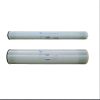 Reverse Osmosis Membrane
Reverse Osmosis Membrane Residential Ro Membrane
Residential Ro Membrane UF Membrane
UF Membrane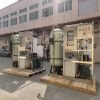 Water Treatment Plant
Water Treatment Plant Residential Ro Machine
Residential Ro Machine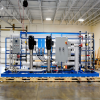 Brackish Ro System
Brackish Ro System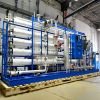 Sea water system/SW RO plant
Sea water system/SW RO plant Bag Filter
Bag Filter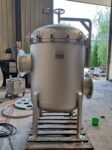 Cartridge Filter
Cartridge Filter Commercial Water Filtration System
Commercial Water Filtration System Membrane Cleaning System(CIP)
Membrane Cleaning System(CIP)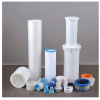 Consumables Accessories
Consumables Accessories